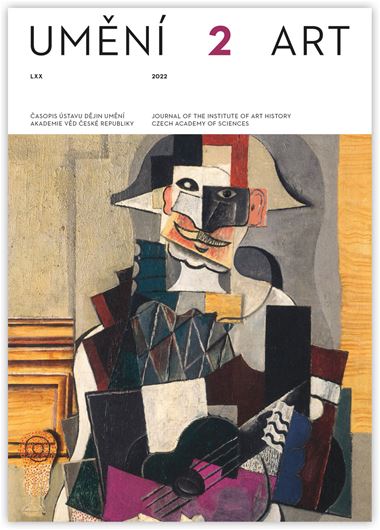Werner Telesko
Renate Wagner-Rieger and 19th-century Historicism – Seen ‘purely artistically’
The article examines the approach of the Viennese art historian Renate Wagner-Rieger (1921–1980) to 19th- century historicism, and analyses this against the background of the Vienna School of Art History and in the broader context of the methodical canon of that time. The primary focus is on Wagner-Rieger’s reflections on Historicism in 19th-Century Viennese Architecture, which she first presented at the International Art History Congress in 1964, and later followed up in various publications. In these reflections, it was Wagner-Rieger’s aim to see Historicism as a ‘purely artistic phenomenon’ and a ‘uniform artistic development’. She laid down three stages in the development of Historicism, which she believed led from ‘Romantic Historicism’ to ‘strict Historicism’, and finally to ‘late Historicism’. Her article was published in the most sensitive period of early art- historical research into Historicism, which set the course taken by the future discourse. While the discussion in Germany dealt primarily with the cultural-historical role of Historicism, Wagner-Rieger turned away from a theoretical discussion and towards a seemingly more fruitful empirical differentiation. When examined more closely, it can be seen that the argumentation of Heinrich Wölfflin (1864–1945) had a profound effect on Wagner- Rieger. Wölfflin had presented his Principles of Art History in a chronological development, whose seemingly logical sequence was reflected in Wagner-Rieger’s model. In her remarks can be seen a striving for order and need for certainty in the face of the complexity of the gigantic cultural heritage of the 19th century. But while in Germany a process of ideological ferment with immense consequences for the Federal Republic and its academic work would continue at least until the early 1980s, Viennese art history became entrenched in bourgeois rearguard positions — resulting in a conservative socialisation of later generations of art historians.
Author's email:
werner.telesko@oeaw.ac.at
DOI: HTTPS://DOI.ORG/10.54759/ART-2022-0201
Full-text in the Digital Library of the Czech Academy of Sciences:
https://kramerius.lib.cas.cz/uuid/uuid:274d6709-1370-4b58-8e07-a8f8d6bcdeb3
< back

